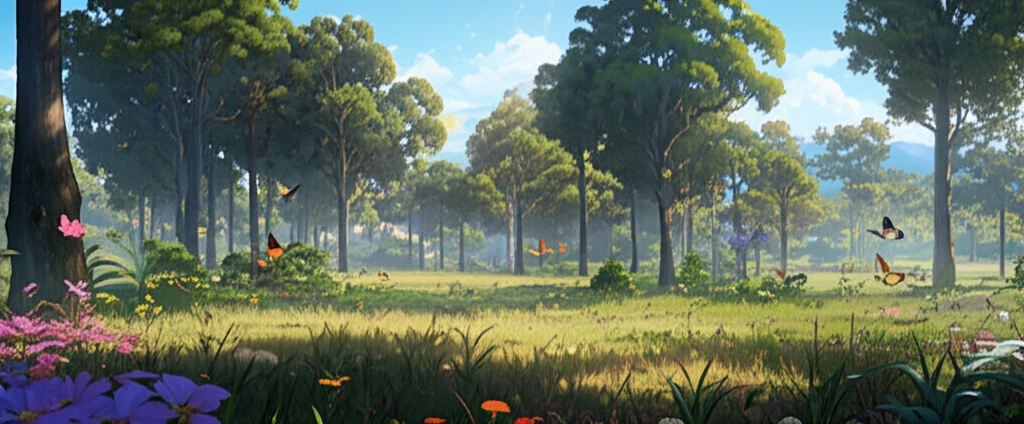
Pilliga Forest Butterflies: Unveiling a Hidden World & What It Means for Conservation
"Discover the surprising diversity of butterfly species in the Pilliga Forest and why this makes it a critical hotspot for biodiversity conservation in Australia."
Australia's western slopes have undergone significant transformation over the past two centuries, evolving from vast temperate woodlands into extensive agricultural landscapes. This shift has left native vegetation highly fragmented, primarily confined to small remnants on less productive soils unsuitable for agriculture. As a result, a wide array of native vertebrate species faces serious decline, highlighting the urgent need for conservation efforts.
Invertebrate species' impact remains less understood. Many invertebrate species have disappeared from the agricultural matrix, now confined to remnant woodland areas. Even small remnants, often overlooked in vertebrate conservation, support diverse woodland invertebrates. However, disturbance-sensitive species may have already vanished, emphasizing the importance of studying and preserving these habitats.
Located in northern inland New South Wales (NSW), between Coonabarabran and Narrabri, the Pilliga Forest stands as the largest surviving temperate woodland remnant in the western slopes bioregions. This makes it an invaluable resource for understanding the original invertebrate fauna of the western slopes before landscape-scale agricultural development. This study describes the butterfly fauna of the Pilliga Forest, documenting local species diversity's spatial and temporal patterns.
Why the Pilliga Forest's Butterfly Diversity Matters

The Pilliga Forest's butterfly fauna is exceptionally rich, with 63 species representing five families recorded. This makes it one of the richest butterfly faunas recorded on the New South Wales western slopes and adjacent plains. This high diversity reflects the Pilliga Forest's location in a biogeographic overlap zone between northern and southern faunal assemblages, close to both the western plains and outliers of the mesic eastern highlands.
- Biogeographic Overlap: The forest's location makes it a meeting point for species from different regions.
- Habitat Diversity: Varied landscapes within the forest support a wide range of butterfly species.
- Range Extensions: The presence of certain species indicates a potential expansion of their known habitats.
- Hilltopping Sites: Specific locations within the forest serve as gathering points for butterflies, crucial for mating and genetic diversity.
Protecting the Pilliga Forest for Future Generations
The Pilliga Forest stands as a vital refuge for butterfly diversity in a landscape increasingly dominated by agriculture. Its unique biogeographic location, combined with varied habitats, makes it a crucial area for conservation efforts. Ongoing monitoring, habitat protection, and climate change mitigation strategies are essential to ensure the survival of these butterfly populations and the overall health of this invaluable ecosystem.
